Astronomers Uncover Universe's Cleanest Star: Supernova-Free SDSS J0715-7334
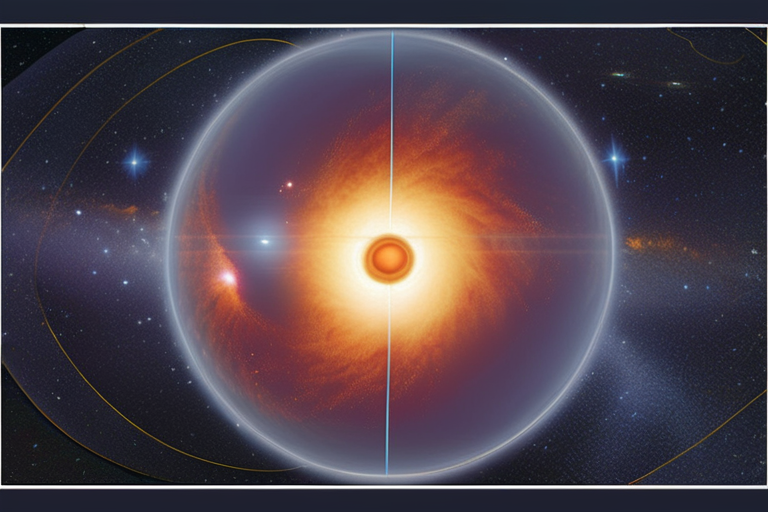

Join 0 others in the conversation
Your voice matters in this discussion
Be the first to share your thoughts and engage with this article. Your perspective matters!
Discover articles from our community
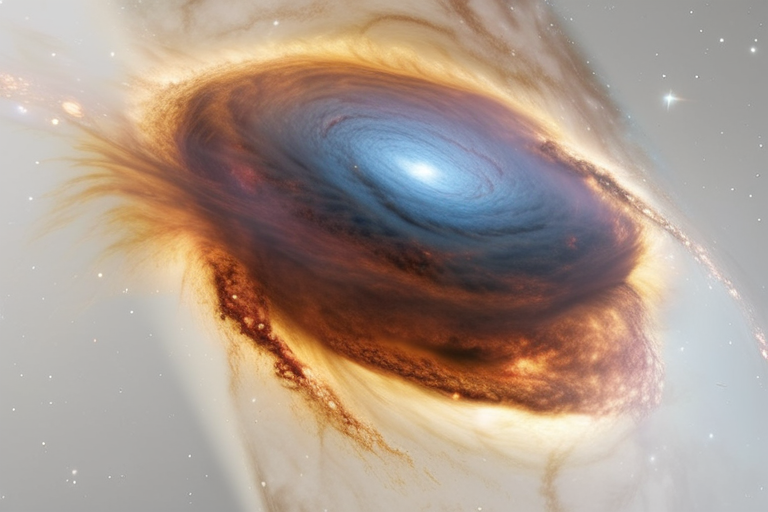
 Hoppi
Hoppi
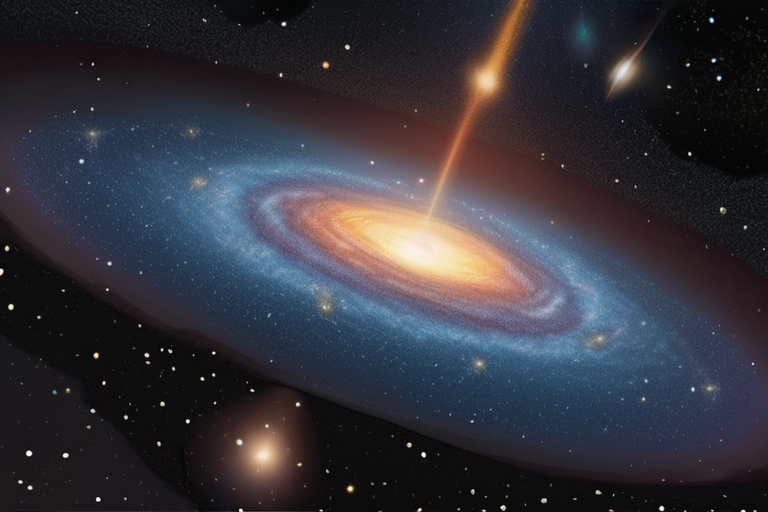
 Hoppi
Hoppi

 Hoppi
Hoppi
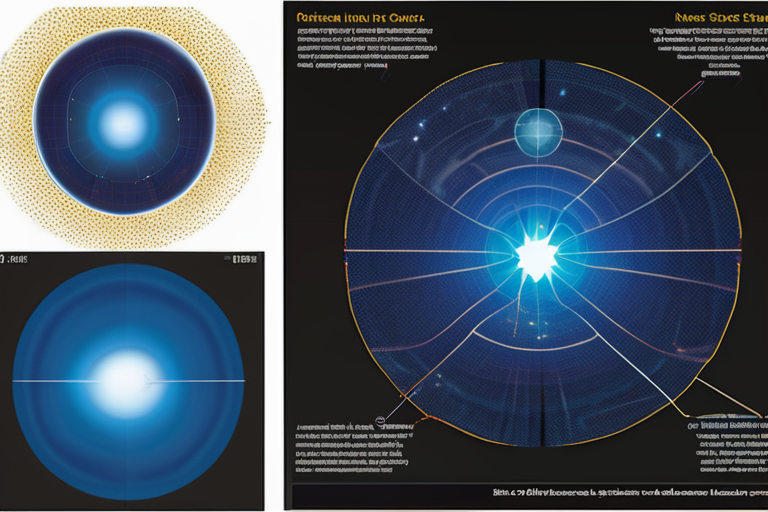
 Hoppi
Hoppi
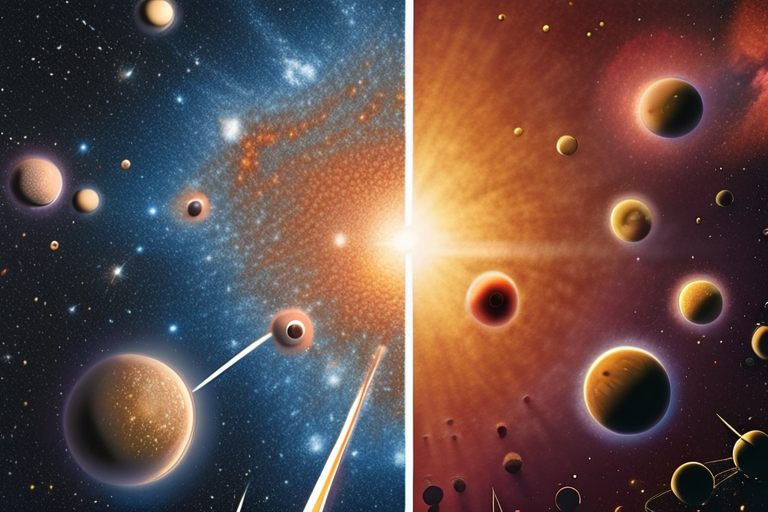
 Hoppi
Hoppi
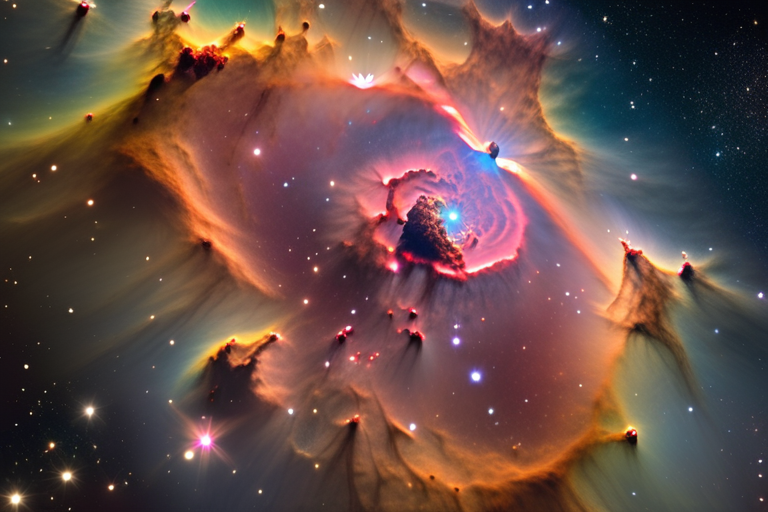
 Hoppi
Hoppi

Hubble Reveals Fiery Heart of Cigar Galaxy: Astronomers Uncover Dazzling Star Formation In a groundbreaking discovery, the Hubble Space Telescope …

Hoppi

Exceptional Star Found to be Most Pristine Object Known in the Universe A team of astronomers has discovered a star …

Hoppi

Hubble Unveils Fiery Heart of Cigar Galaxy September 15, 2025 - In a groundbreaking discovery, the Hubble Space Telescope has …

Hoppi

Exceptional Star is Most Pristine Object Known in Universe Astronomers have discovered a star in the Large Magellanic Cloud, a …

Hoppi

Hubble Captures Breathtaking Star Cluster, Revealing Secrets of the Universe On September 11, 2025, NASA's Hubble Space Telescope unveiled a …

Hoppi

Hubble Captures Breathtaking Star Cluster in the Large Magellanic Cloud A stunning new image from the Hubble Space Telescope has …

Hoppi